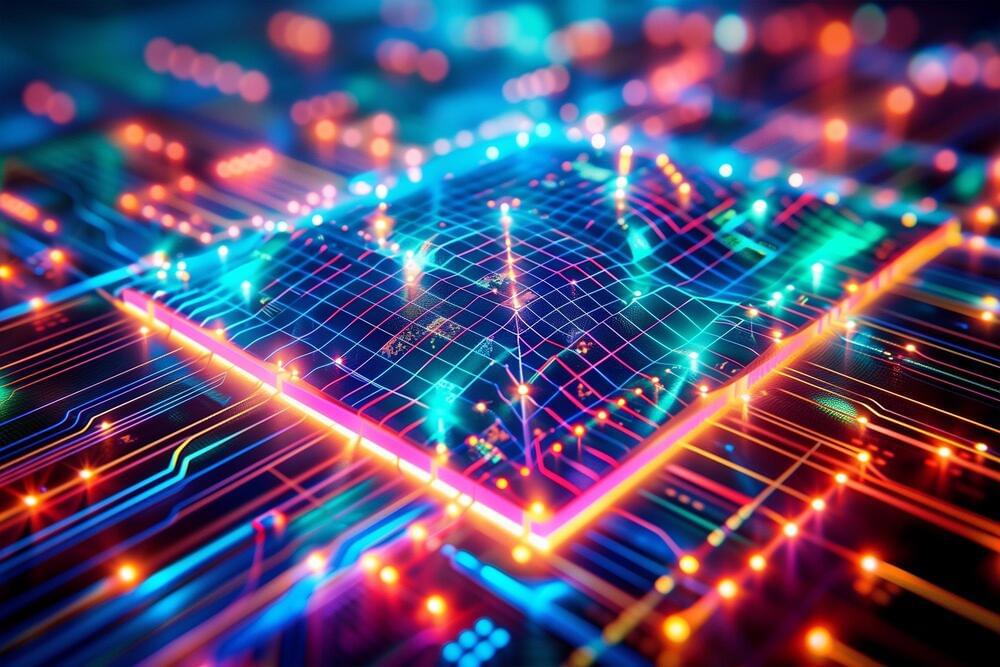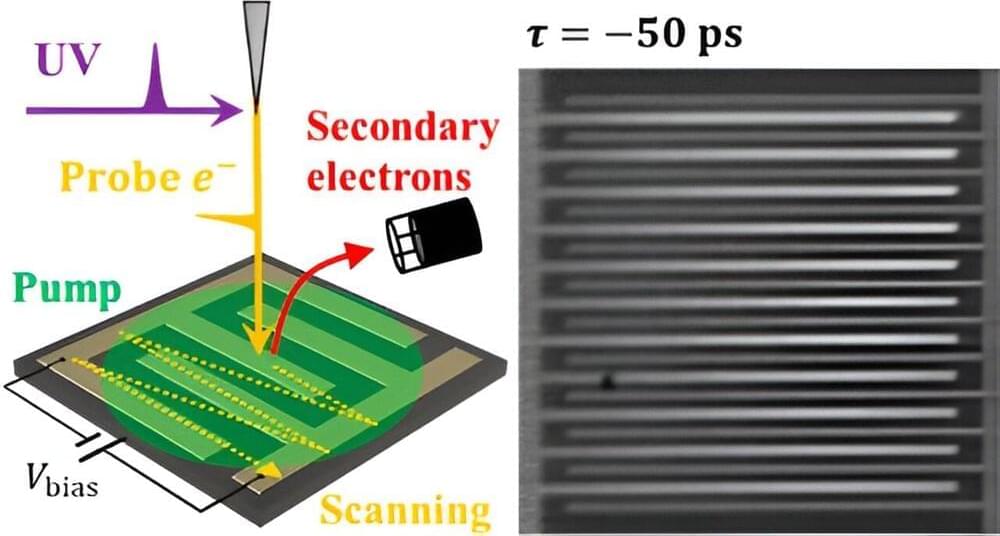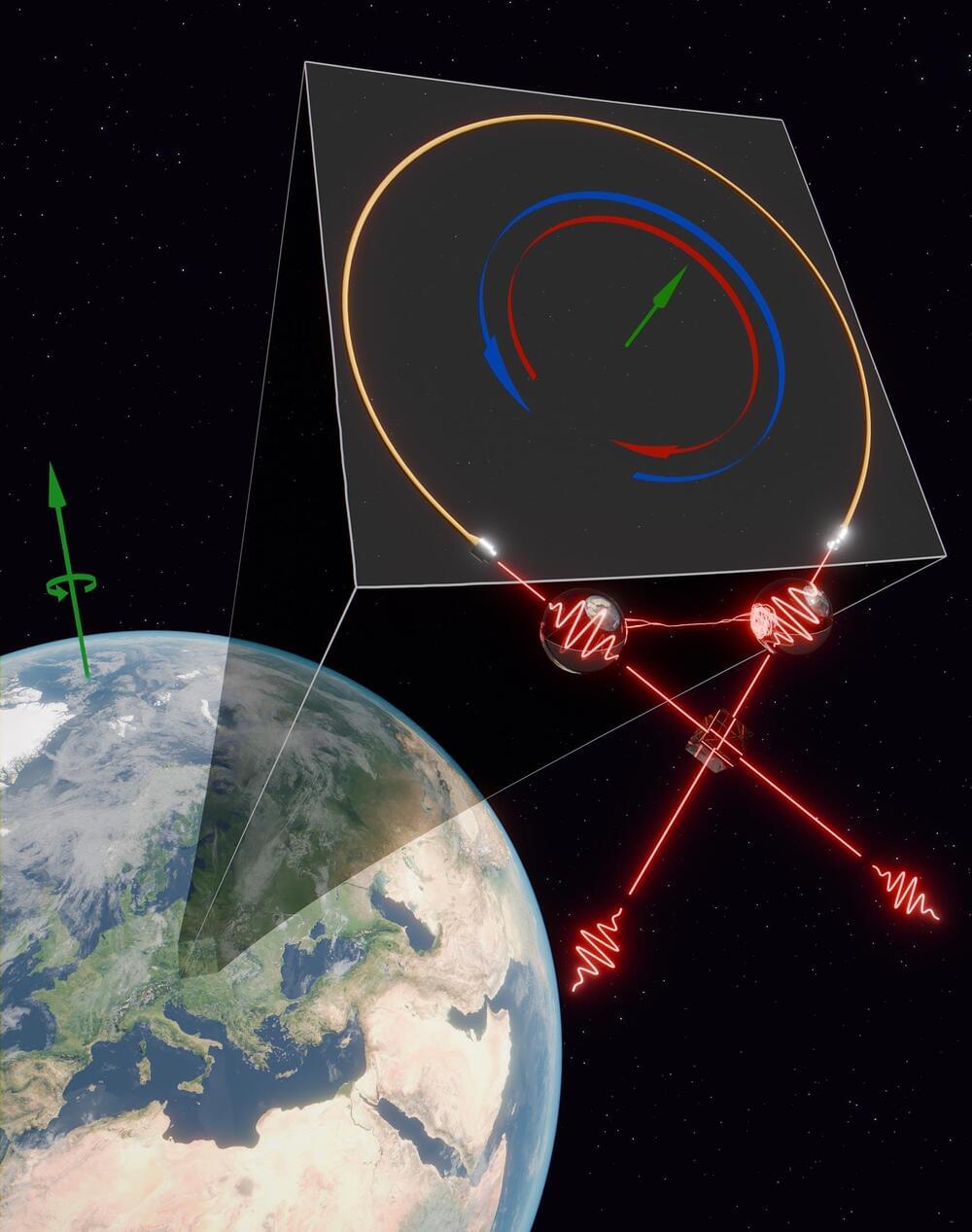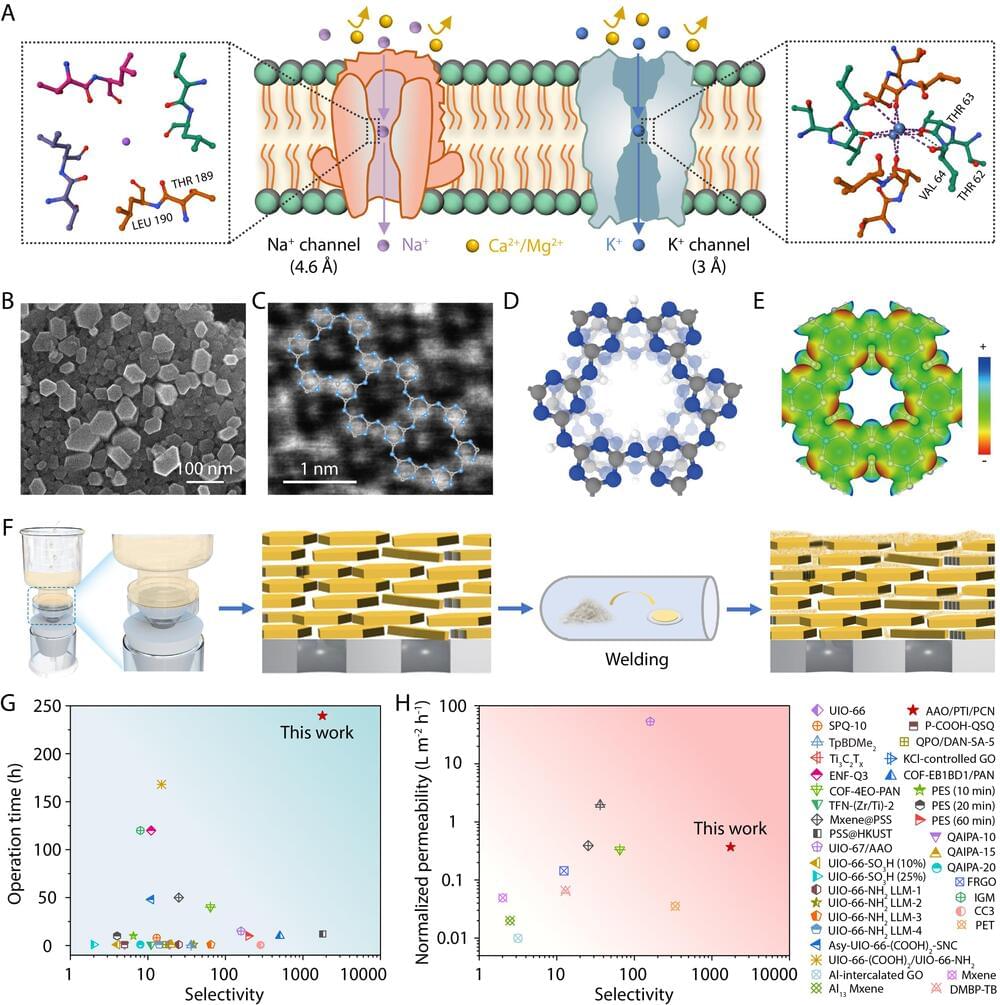NASA Glenn engineers Chirs Kantzos and Tim Smith can now call themselves inventors, too. They are the minds behind NASA’s breakthrough material, a superalloy…
Category: innovation – Page 71

Terahertz Waves Supercharged: A Breakthrough With Magnetic Materials
Positioned between microwaves and infrared light, terahertz waves are key to pioneering advancements in imaging and diagnostic technologies. A recent discovery at Tohoku University of a material that can emit these waves more intensely promises to catalyze significant breakthroughs across a spectrum of industries.
Terahertz waves are being intensely studied by researchers around the world seeking to understand the “terahertz gap.” Terahertz waves have a specific frequency that put them somewhere between microwaves and infrared light. This range is referred to as a “gap” because much remains unknown about these waves. In fact, it was only relatively recently that researchers were able to develop the technology to generate them. Researchers at Tohoku University have brought us closer to understanding these waves and filling in this gap of knowledge.
Breakthrough in Terahertz Wave Generation.

Controlling Electronics With Light: Magnetite’s Hidden Phases Exposed by Lasers
Researchers have successfully manipulated the structural properties of magnetite using light-induced phase transitions.
This technique uncovered hidden phases of magnetite, paving the way for new approaches to material manipulation in electronics.
Breakthrough in magnetite phase transition research.

7 Innovations Accelerating The Technological Singularity
Our technological prowess is unrivaled. From the simplest inventions to the most complex machines, we have continually pushed the limits of what is possible. But as our capabilities grow exponentially, a looming question arises: are we heading towards a technological singularity that could change the course of humanity?
The concept of technological singularity has moved beyond the fringes of futurism; it is now an imminent possibility. Defined as the hypothetical future point when technologies have become so advanced that humanity undergoes a dramatic and irreversible change, the singularity presents an inescapable, exhilarating, and terrifying problem for philosophers, scientists, and every human being.
Are we prepared for the implications, the ramifications, and the profound changes that a tech-driven future might bring?


New technique achieves visualization of instantaneous states of materials in high-speed devices
Researchers at University of Tsukuba have developed an ultrafast time-resolved scanning electron microscopy instrument by integrating a scanning electron microscope with a femtosecond laser. This innovative system facilitates the observation of the instantaneous states of various materials. Their paper is published in the journal ACS Photonics.

A new compact diffractive imager for subwavelength resolution
UCLA researchers have created a new type of imager that can capture features much smaller than the limitations of traditional optical systems. This innovation has the potential to revolutionize fields like bioimaging, lithography and material science. The research is published in the journal eLight.

Shattering the Limits of Classical Physics: Quantum Entanglement Measures Earth’s Rotation Like Never Before
A quantum physics experiment at the University of Vienna achieved groundbreaking precision in measuring Earth’s rotation using entangled photons.
The study utilizes an enhanced optical Sagnac interferometer that leverages quantum entanglement to detect rotational effects with unprecedented precision, offering potential breakthroughs in both quantum mechanics and general relativity.
Pioneering Quantum Experiment

Chasing Cosmic Clues: Groundbreaking New SETI Grants Could Shape the Search for Alien Technology
The SETI Institute has launched a new grants program to support the advancement of technosignature science, utilizing the Allen Telescope Array (ATA), a crucial observatory in the search for extraterrestrial technology. This program, the first of its kind, will fund research ranging from observational techniques to theoretical models in technosignature science, with grants available for non-tenured faculty and post-prelim graduate students. Credit: SETI Institute.
The SETI Institute’s new grants program supports advanced research in detecting extraterrestrial technosignatures with grants up to $100,000, leveraging the capabilities of the Allen Telescope Array.
The SETI Institute has introduced a groundbreaking grants program focused on advancing technosignature science. This unique initiative is designed to fund innovative research that tackles essential observational, theoretical, and technical challenges in the quest for technosignatures, which may reveal signs of past or present extraterrestrial technology.

New carbon nitride membrane improves lithium extraction from salt lakes
In a breakthrough for lithium recovery technologies, researchers from the Qingdao Institute of Bioenergy and Bioprocess Technology (QIBEBT) of the Chinese Academy of Sciences, together with collaborators, have developed a crystalline carbon nitride membrane that could transform the lithium extraction industry.